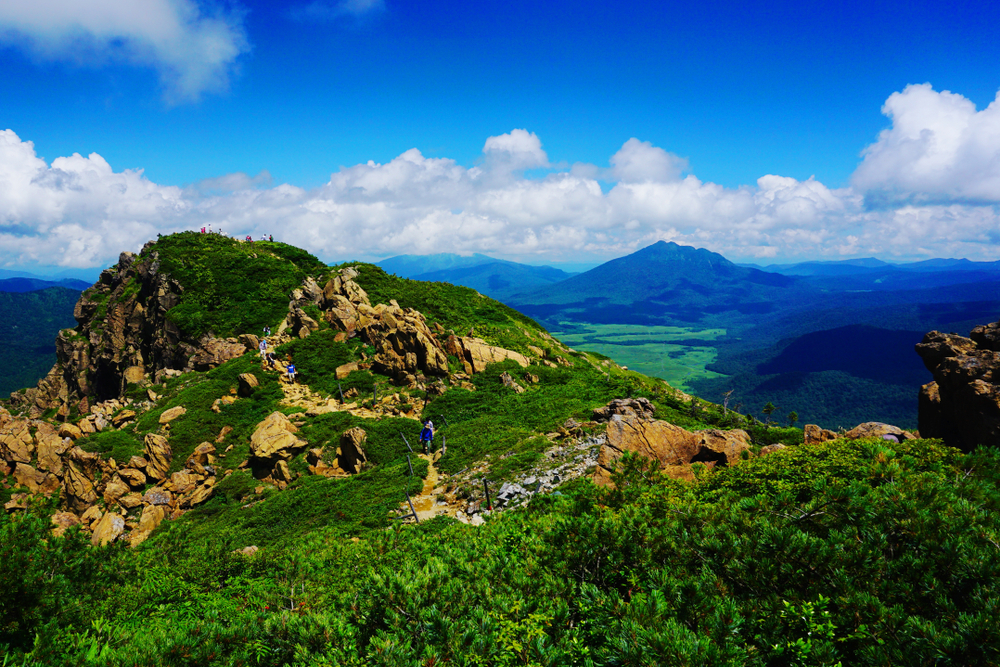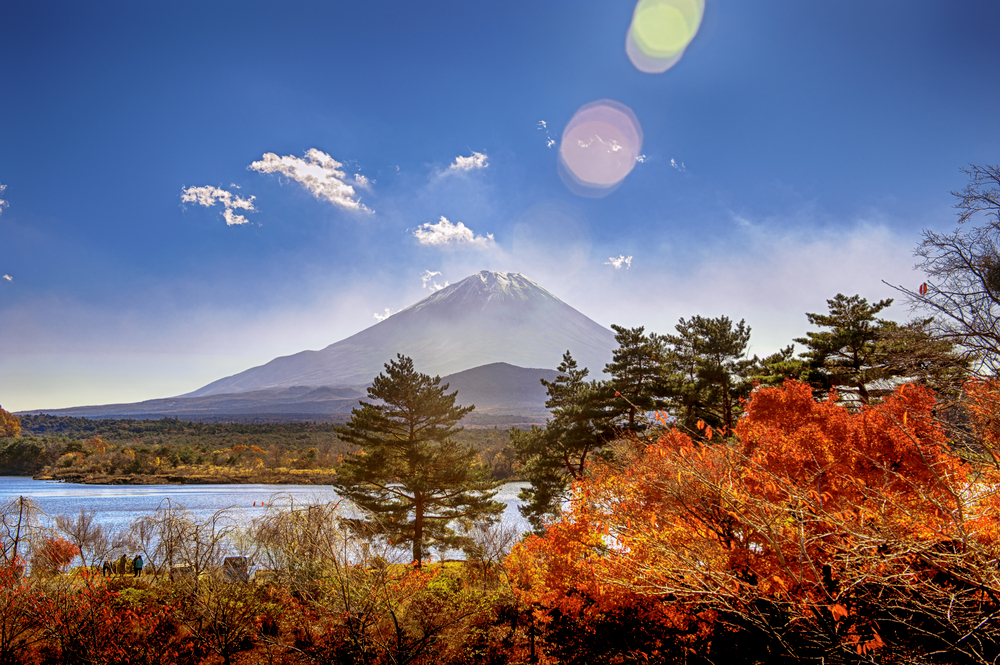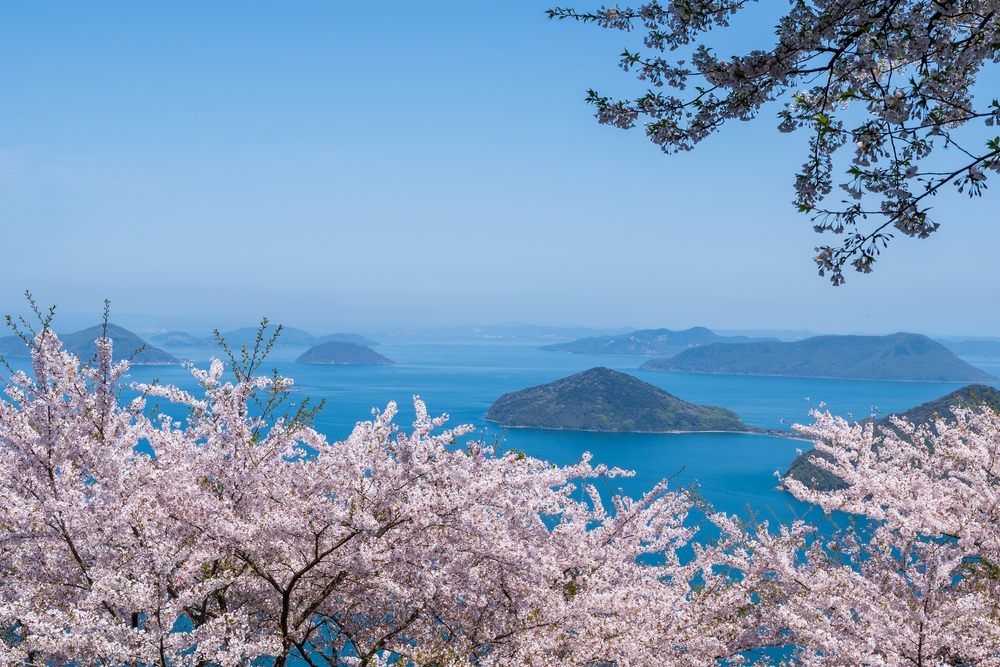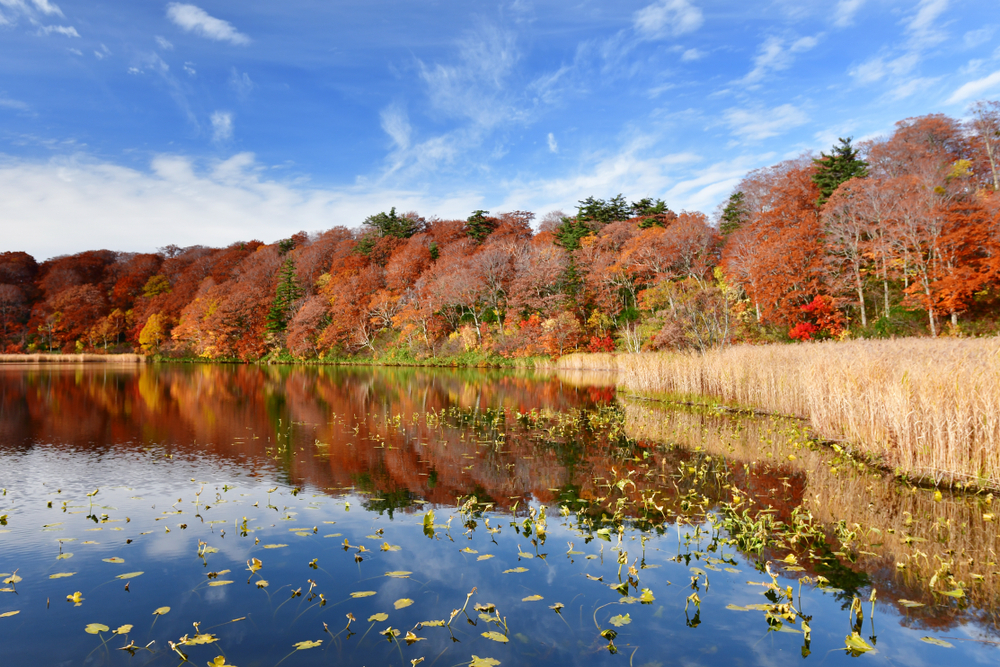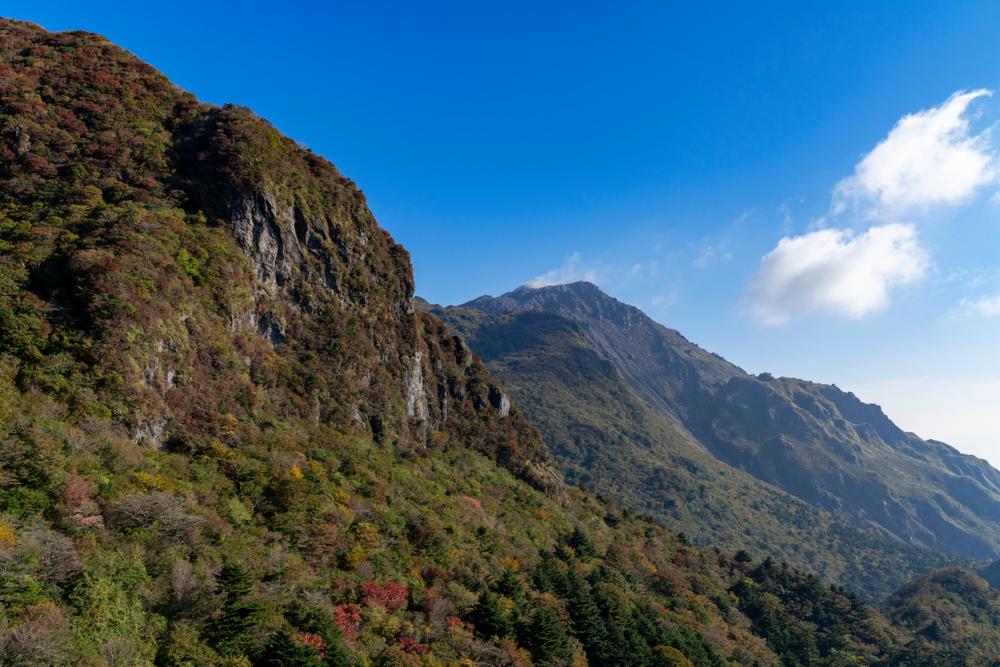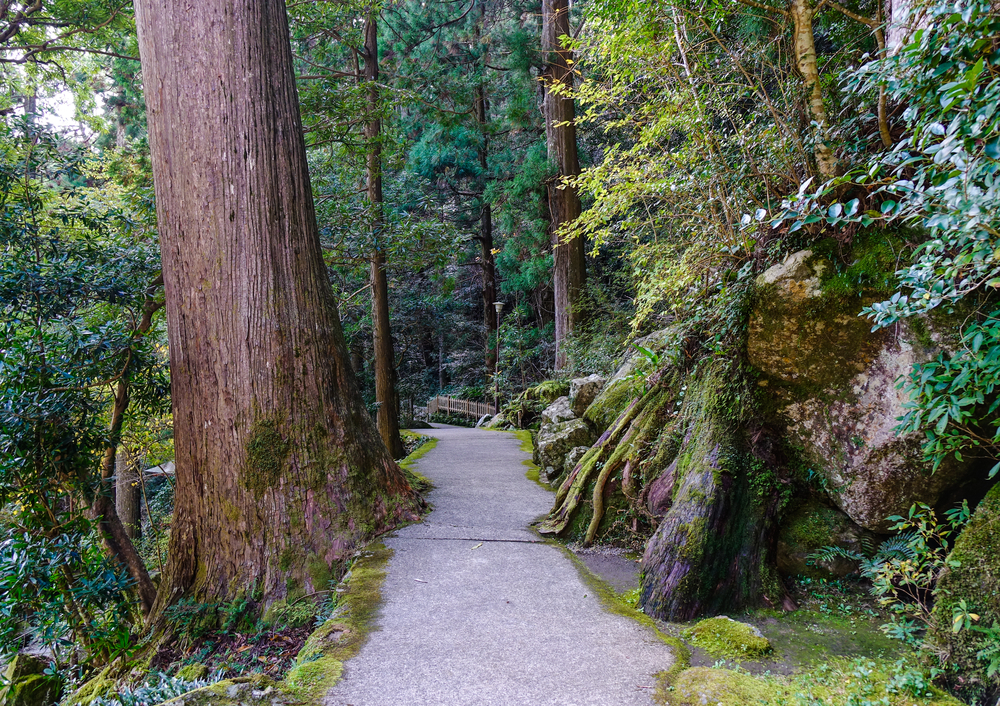Oze Overview
Oze National Park (尾瀬国立公園, Oze Kokuritsu Kōen) is a cherished natural sanctuary located in central Japan, straddling Gunma, Fukushima, Niigata, and Tochigi prefectures. Covering an area of approximately 138 square miles (358 square kilometers), this park is celebrated for its stunning highland marshlands, dense forests, and serene mountain vistas. Established in 2007, it was originally part of Nikko National Park before gaining independent status to ensure focused preservation efforts for its unique ecosystems and biodiversity. The park’s centerpiece is the Oze Marshland (Ozegahara), a vast wetland set against the dramatic backdrop of Mount Hiuchigatake, which rises to an elevation of 7,119 feet (2,170 meters) and is one of the iconic peaks in the region.
The terrain of Oze National Park is an enchanting blend of wetlands, forests, and alpine meadows. The Ozegahara Marshland, one of Japan’s largest high-altitude wetlands, is a striking feature that transforms dramatically with the seasons. Spring and summer bring vibrant carpets of blooming skunk cabbage (mizubasho) and daylilies, while autumn is marked by fiery foliage in hues of red, orange, and gold. Surrounding this wetland are pristine beech and fir forests, interspersed with streams, rivers, and small waterfalls. Boardwalks crisscross the marshland, allowing visitors to traverse its fragile ecosystems while preserving its integrity.
Wildlife enthusiasts are drawn to Oze for its diverse fauna, which includes a range of mammals and birds adapted to its highland habitats. The park is home to Japanese black bears, serows, and red foxes, alongside smaller mammals like Japanese martens and squirrels. Birdwatchers often spot species such as the Siberian rubythroat, Japanese bush warbler, and the graceful grey wagtail. Rare species like the golden eagle and black woodpecker also find sanctuary here, underscoring the park’s significance as a haven for avian biodiversity.
Highlights of the park include Mount Hiuchigatake and Mount Shibutsusan, both popular hiking destinations offering panoramic views of the surrounding landscapes. The Oze Marshland is especially renowned for its photogenic beauty, drawing nature photographers and casual visitors alike. Seasonal festivals, like the Oze Skunk Cabbage Festival, celebrate the region’s flora and foster community engagement with its natural heritage.
Visitors can engage with Oze National Park in various ways, primarily through hiking, birdwatching, and nature photography. The park’s extensive network of boardwalks and trails caters to all levels of outdoor enthusiasts, from casual walkers to experienced trekkers. Guided tours provide deeper insights into the park’s ecosystems and cultural history. Camping is another popular activity, with designated areas allowing for overnight stays amidst the tranquil wilderness.
Oze National Park faces ongoing conservation challenges, including the management of invasive species and the impact of tourism on its delicate ecosystems. However, stringent measures, such as restricting motor vehicle access and implementing educational programs, have been successful in mitigating human impact. Conservation groups and local authorities work collaboratively to protect the park’s biodiversity, ensuring its preservation for future generations.








































































